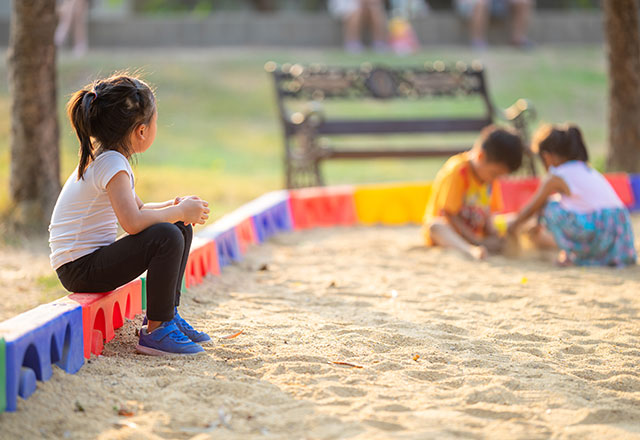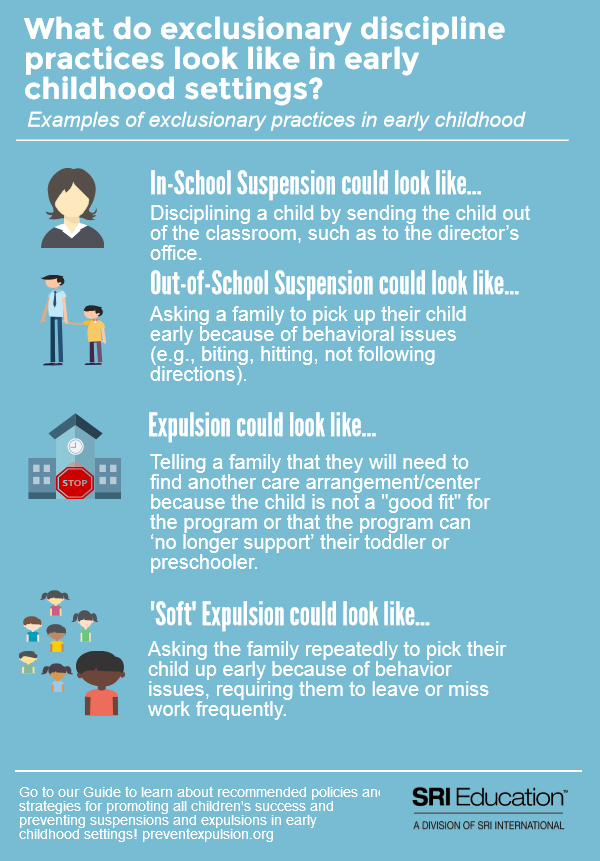In state-funded preschools, children are expelled at 3 times the rate of K-12 students, and private preschool programs expel children at more than 13 times the rate of K-12 students. Our researchers have developed an interactive guide with recommended policies and practices to support early education program leaders in reducing and preventing suspensions and expulsions.




